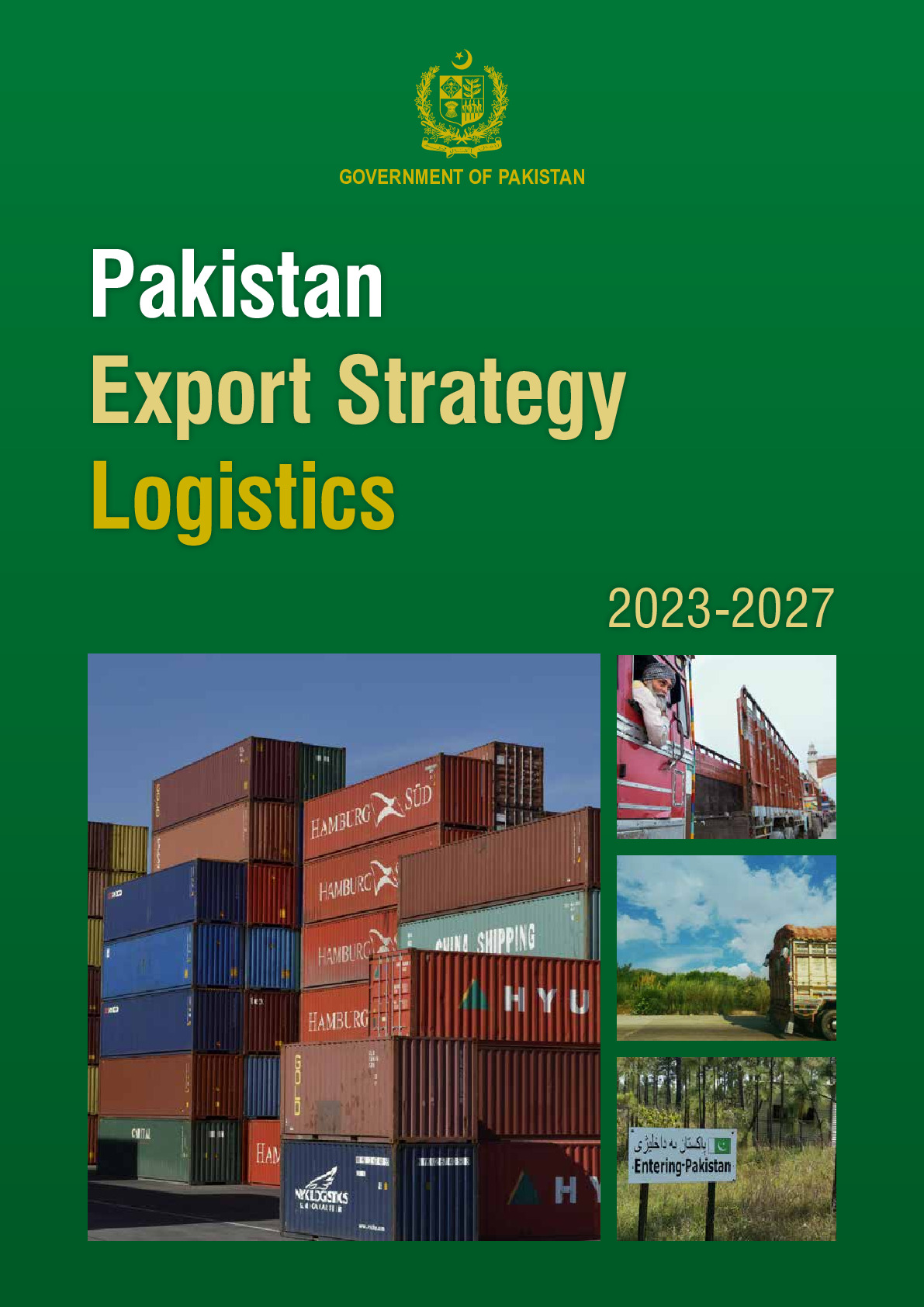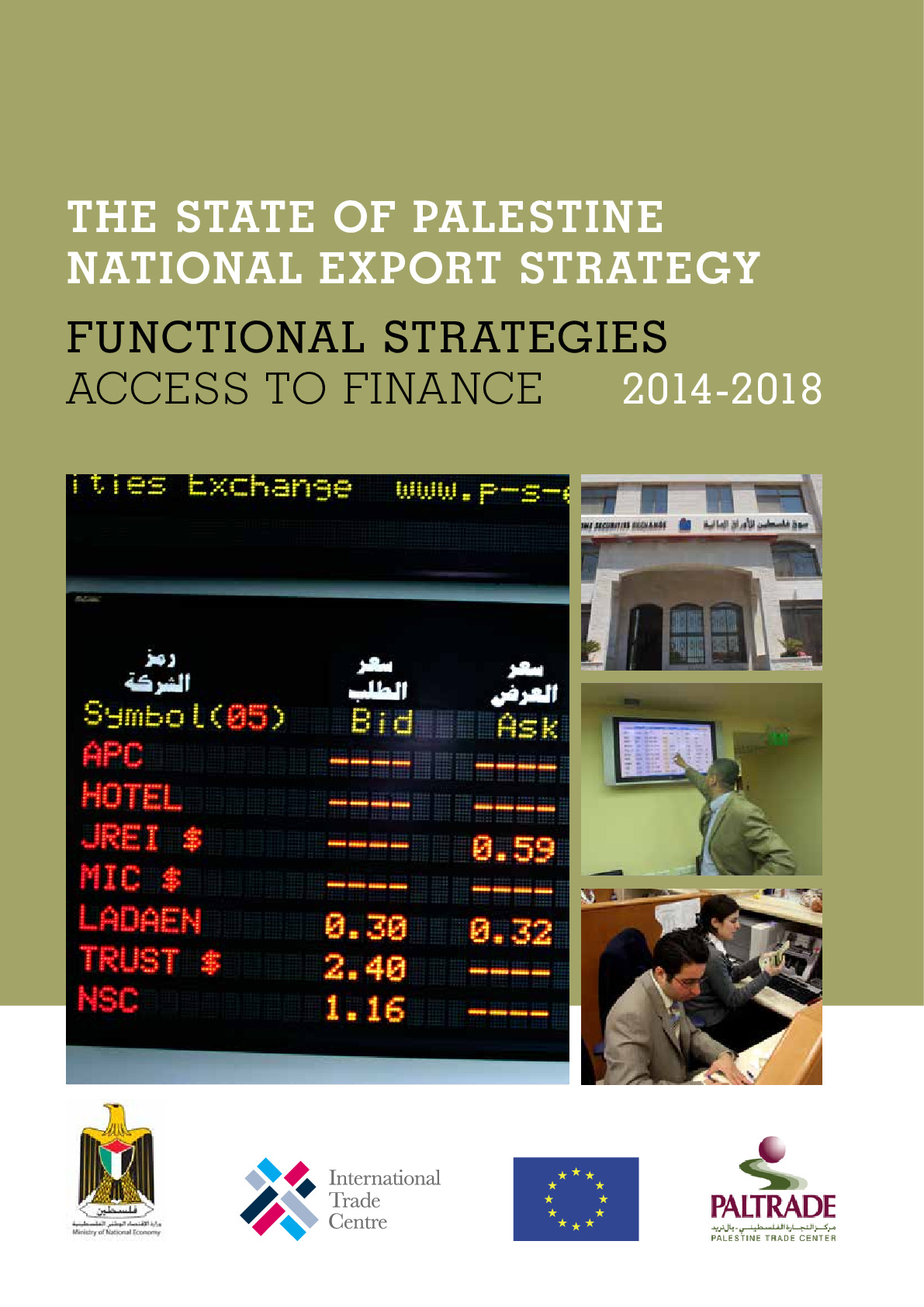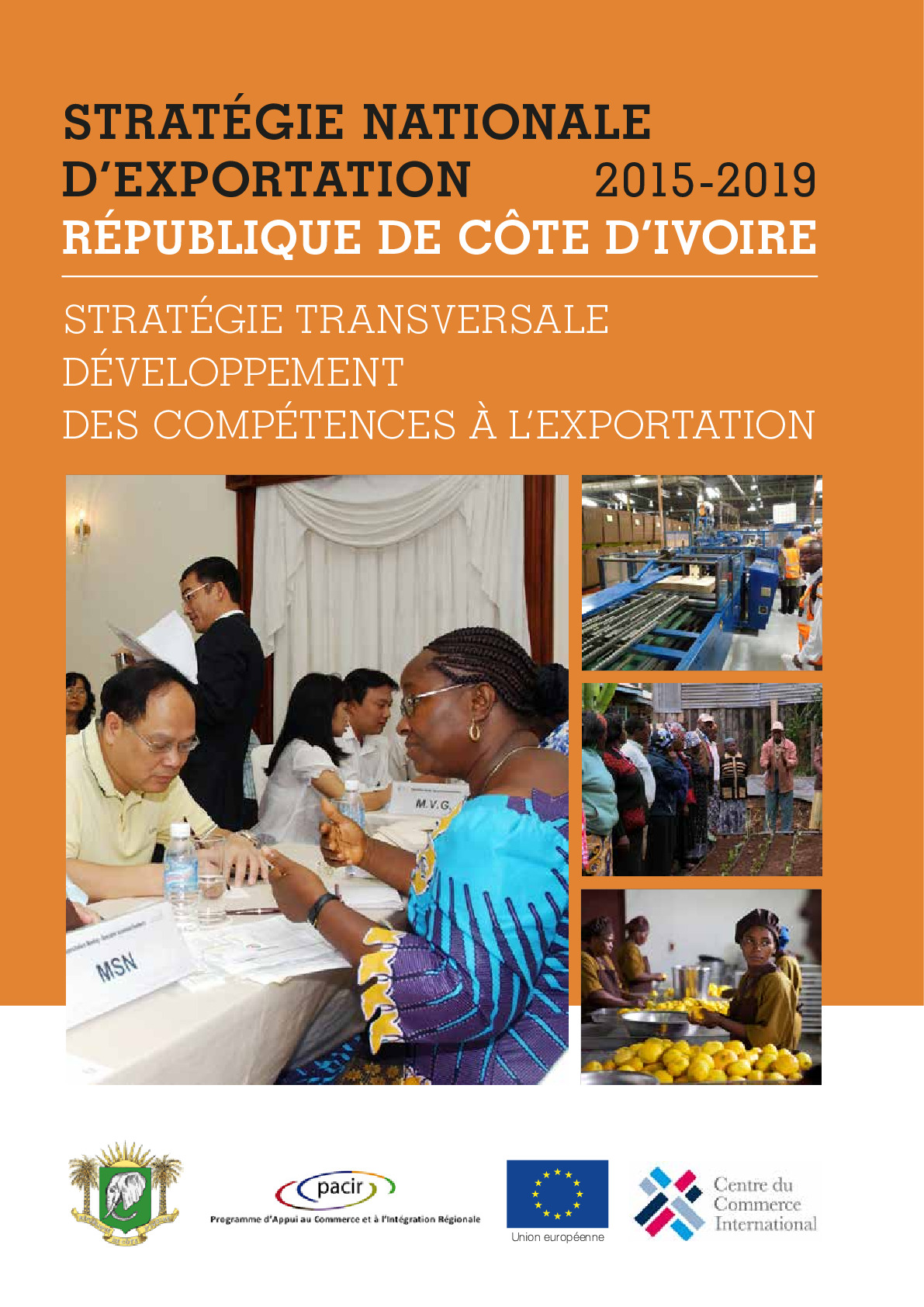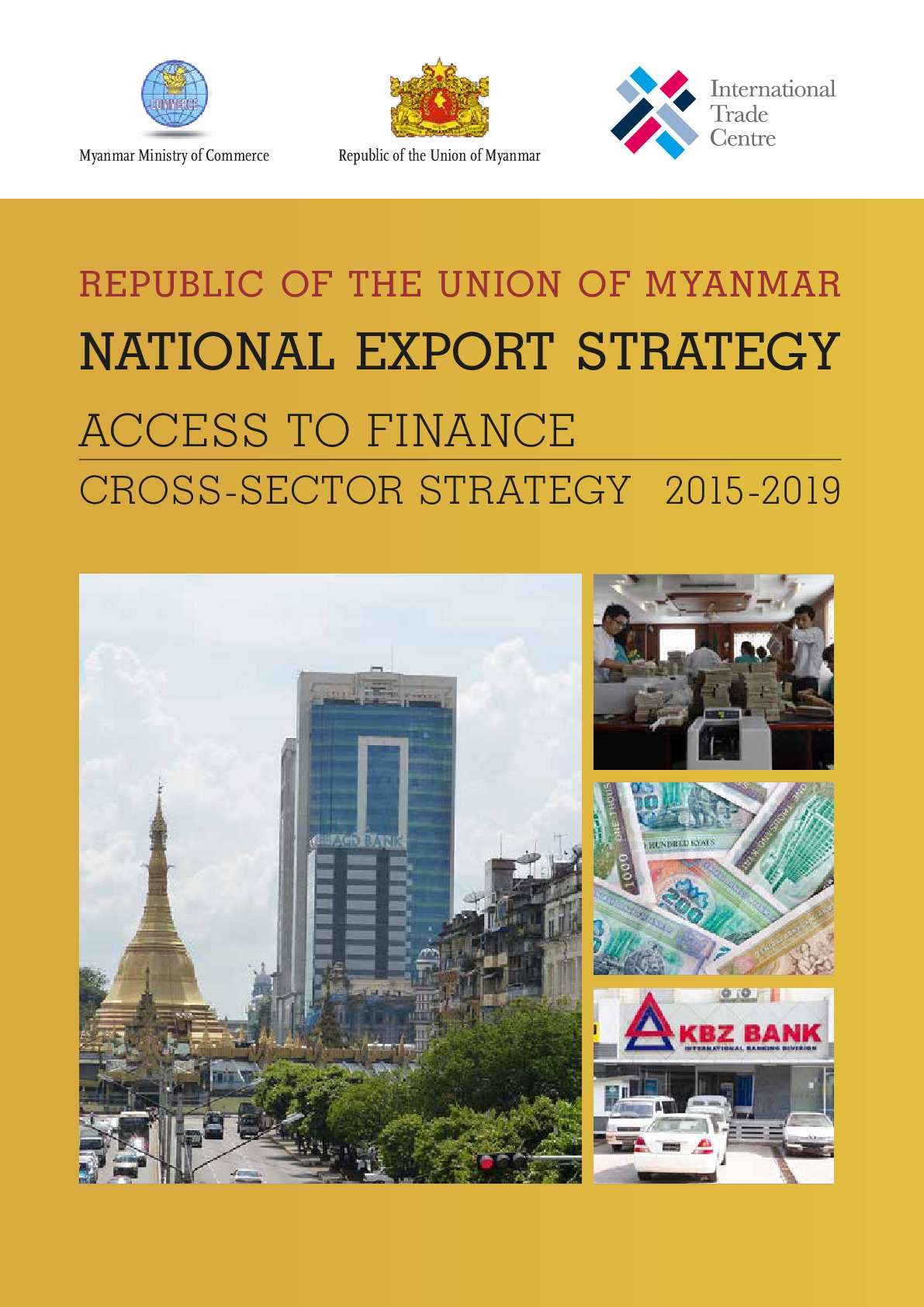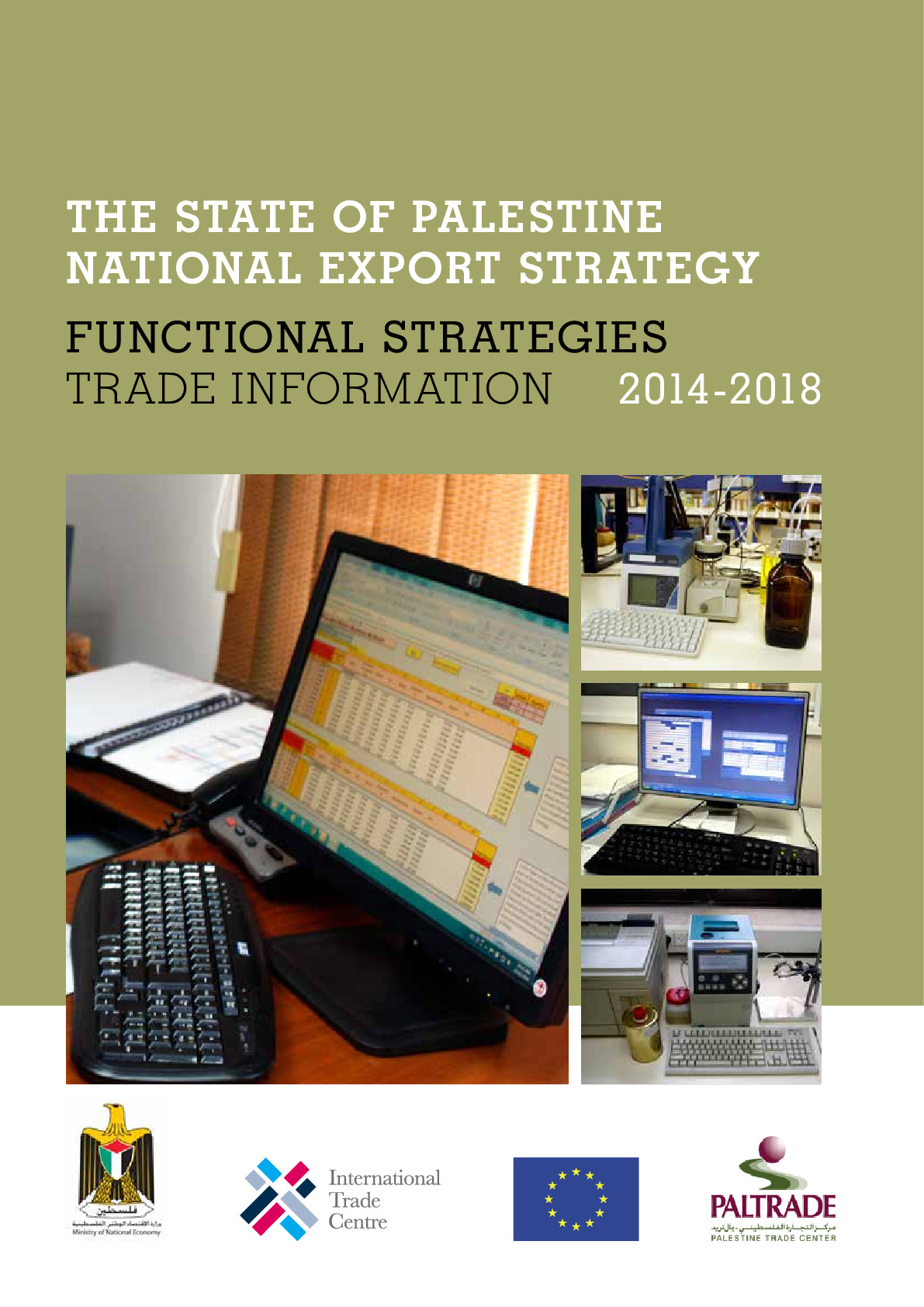Trade support function strategies
Trade support function strategies strengthen the institutional ecosystem and improve the set of specialized services needed to support a vibrant export sector.
Benefit to the entire country. By definition, a trade support function strategy develops specialized services that serve the export sector.
Improved efficiency. A trade support function strategy analyses the set of trade support services currently on offer, and provides recommendations aimed at reducing duplication and the filling in service gaps.
Six to eight months. Strategies are typically designed in a period of six to eight months and follow the ITC-signature approach to strategy design.

Trade support function strategies can be a stand-alone strategy or part of a National Export Strategy.
The strategy design process brings together stakeholders from the public and private sector in extensive consultations. The strategy addresses three key questions: (I) “Where are we now?”, (II) “Where do we want to go?”, and (III) “How do we get where we want to go?”.

The strategy carries out a national level assessment, conducts a service map analysis, and identifies competitiveness constraints.
The national level assessment is an analysis of the country’s economic performance, trade policy, and institutional support network. It also involves a review of existing plans and strategies.
A service map analysis reveals exporters’ requirements, gaps, duplications and inconsistencies in key trade support services across the region, as well as potential linkages between national and regional value chains.
The competitiveness constraints identify the main issues affecting export development and become the issues to tackle through the strategy.
Once the assessment of the country is finalised and the competitiveness constraints are identified, stakeholders define the strategic framework of each strategy.
The strategic framework sets the vision and objectives that will be the focus of the strategy. Stakeholders will determine a common strategic vision to provide the overall direction of the strategy.
Each strategy culminates with a detailed plan of action that allocates responsibilities, specifies targets, and assigns resources.
Finally, an implementation framework is designed to ensure that the strategy accomplishes its impact by allocating resources and assigning responsibilities.
The availability of quality trade-support services such as trade facilitation, quality management, technical training and vocational services or trade information and promotion is vital to the competitiveness of the private sector and to national trade development.
Functional strategies have included areas such as:

Addressing weaknesses in these important trade-support functions enhances the overall competitiveness of the private sector.








